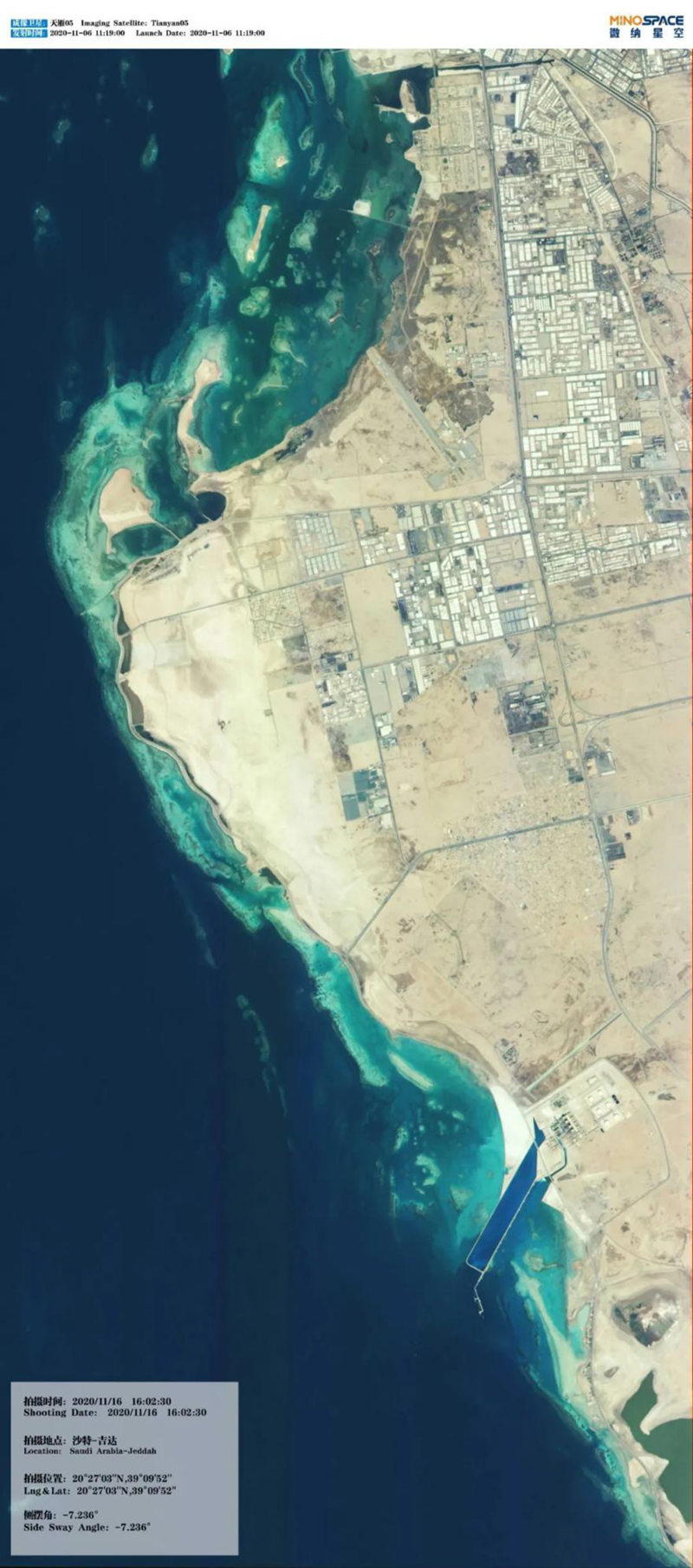Satellite developed by Microspace completes preliminary in-orbit tests
A few days ago, the 70-kilogram satellite Tianyan 05, developed by Microspace in the Zhongguancun Demonstration Zone, completed preliminary in-orbit tests and successfully sent back its first batch of images.
See below for stunning images capture by the new satellite:

China · Beijing Capital International Airport [Photo provided to chinadaily.com.cn]

China · Beijing Daxing Airport [Photo provided to chinadaily.com.cn]

China · Kunming [Photo provided to chinadaily.com.cn]

Turkey · Ankara Esenboga Airport [Photo provided to chinadaily.com.cn]

Italy Milazzo [Photo provided to chinadaily.com.cn]

Saudi Arabia Jeddah [Photo provided to chinadaily.com.cn]

Saudi Arabia Jubail (also known as Al Jubail) [Photo provided to chinadaily.com.cn]
The Tianyan 05 satellite was launched on the Long March 6 Y3 carrier rocket and entered its scheduled orbit at 11:19 am on Nov 6, 2020.
The satellite will be used for marine environmental monitoring, crop disaster monitoring, forest fire prevention, forestry resource investigation, environmental monitoring, earthquake monitoring, meteorological monitoring, water conservancy and landslide disaster monitoring, among other tasks.
Meanwhile, the satellite will also conduct pilot technology verification and in-orbit testing for the Hainan-1 satellite, which is to be launched next year.
The Tianyan 05 satellite utilizes in-orbit software reconfigurable technology for the first time. The in-orbit function of the satellite can be altered by changing programs and software instructions on the ground.

Command center of Microspace [Photo provided to chinadaily.com.cn]
The Tianyan 05 satellite comprises eight subsystems, including an integrated electronic subsystem, attitude control subsystem, power subsystem, structure subsystem, measurement and control subsystem, data transmission subsystem, navigation subsystem and thermal control subsystem. During its orbiting, the satellite will acquire a large amount of remote sensing data – including multi-spectral images – and provide users with the required images and data.
It's worth noting that this satellite is the heaviest of the 13 satellites carried by the Long March 6 Y3 rocket, and it is also the eighth satellite launched by Microspace during the past three years.
